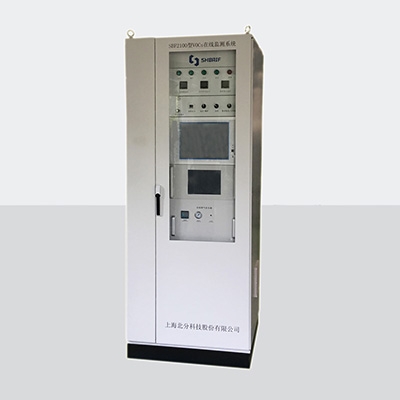VOCs governance is very complex, involving more than ten technologies and combination technologies, including VOCs online monitoring. Generally, a governance enterprise can only master one technology to several technologies; In particular, the industry lacks a regular understanding of the application scope and use conditions of the technology, and has a lot of randomness in process design and purification equipment design.
1、 Pay attention to these areas! VOCs key regions
The plan proposes that 16 provinces (cities) including Beijing, Tianjin, Hebei, the surrounding areas, Yangtze River Delta, Pearl River Delta, Chengdu Chongqing, Wuhan and their surrounding areas, central Liaoning, Shaanxi Guanzhong, Chang Zhu Tan, etc., involving Beijing, Tianjin, Hebei, Liaoning, Shanghai, Jiangsu, Zhejiang, Anhui, Shandong, Henan, Guangdong, Hubei, Hunan, Chongqing, Sichuan, and Shaanxi are key areas for VOCs governance, and online monitoring of VOCs is essential.
2、 Attention to these industries!
The plan points out that we should focus on promoting the prevention and control of VOCs pollution from key industries such as petrochemical industry, chemical industry, packaging and printing, and industrial painting, as well as transportation sources such as motor vehicles and oil products storage, transportation and marketing, and implement a number of key projects. Strengthen VOCs online monitoring.
3、 Which are VOCs?
Volatile organic compounds (VOCs) refer to organic compounds that participate in atmospheric photochemical reactions. The ultra-low emission dust meter includes non methane hydrocarbons (alkanes, alkenes, alkynes, aromatics, etc.), oxygenated organic compounds (aldehydes, ketones, alcohols, ethers, etc.), chlorinated organic compounds, nitrogen containing organic compounds, sulfur containing organic compounds, etc., and is an important precursor for ozone (O3) and fine particulate matter (PM2.5) pollution.
4、 Which pollutants are the focus of treatment?
The plan points out that the emission control of VOCs with strong activity should be strengthened, mainly including aromatic hydrocarbons, olefins, alkynes, aldehydes, etc. All localities should closely focus on local ambient air quality improvement needs, and determine VOCs control priorities (VOCs online monitoring) based on O3 and PM2.5 source analysis.
For controlling O3, the key pollutants to be controlled are m/p-xylene, ethylene, propylene, formaldehyde, toluene, acetaldehyde, 1,3-butadiene, 1,2,4-trimethylbenzene, o-xylene, styrene, etc; For the control of PM2.5, the key pollutants to be controlled are toluene, n-dodecane, m-p-xylene, styrene, n-undecane, n-decane, ethylbenzene, o-xylene, 1,3-butadiene, methylcyclohexane, n-nonane, etc. At the same time, the emission control of odor VOCs such as styrene, methyl mercaptan and methyl sulfide should be strengthened.

How to govern VOCs? How to monitor VOCs online monitoring equipment?
5、 What are the methods for VOC online monitoring?
(1) Self monitoring by enterprises
The inspection and monitoring personnel can check the implementation of the enterprise's self-monitoring by consulting the enterprise's self-monitoring scheme, the pollution prevention and control facility operation account, the self-monitoring data result report, the laboratory quality control management system, etc. Focus on checking whether the enterprise's self monitoring scheme is complete and whether the self monitoring indicators are consistent with the scheme.
(2) Disclosure of enterprise monitoring information
The inspection and monitoring personnel can inquire about the way of enterprise information disclosure and verify it through on-site inspection. Focus on checking whether the public information is complete and whether the public monitoring data is consistent with the actual data.
(2) Disclosure of enterprise monitoring information
The inspection and monitoring personnel can inquire about the way of enterprise information disclosure and verify it through on-site inspection. Focus on checking whether the public information is complete and whether the public monitoring data is consistent with the actual data.
(3) Compliance of VOCs pollution factors
The inspection and monitoring personnel can select several major VOCs pollution sources to carry out on-site monitoring at the enterprise site. The monitoring factors of the ultra-low CEMS system mainly include non methane total hydrocarbons, benzene, toluene, xylene, odor concentration and other VOCs characteristic pollutants. Focus on the standard discharge of the main VOCs pollution sources of the enterprise.